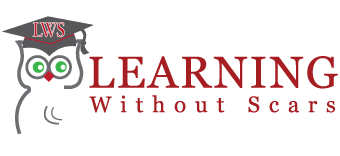The only way to position your parts business is to provide customers with something they value. The fundamental principles of customer value are to offer something the customer wants and needs and to provide that offering better than your competition can.
This class provides methods and a road map to follow in developing a strategy. We identify three key strategies for enhancing customer value. Companies focus on being: Better – through the provision of superior quality and service. Faster – sensing and meeting changing customer requirements more quickly than others. Closer – creating durable linkages and even partnership with channel members and customers.
This program takes you more deeply into operational excellence offers customers good pricing as well as convenience and reliability. Then we examine product leadership which is the result of superior product performance. Finally, customer intimacy which utilizes “micro” marketing techniques. These strategies for providing customer value indicate the importance of the marketing focus in overall strategic planning. Customer value offers a way to gain strategic advantage over competitors and to differentiate the company’s products or services.
Communications is the critical element to successful implementation of a strategy for the parts business. The final emphasis of this class is to ensure that the strategy is effectively communicated to all employees so that they will be committed to executing the strategy.
